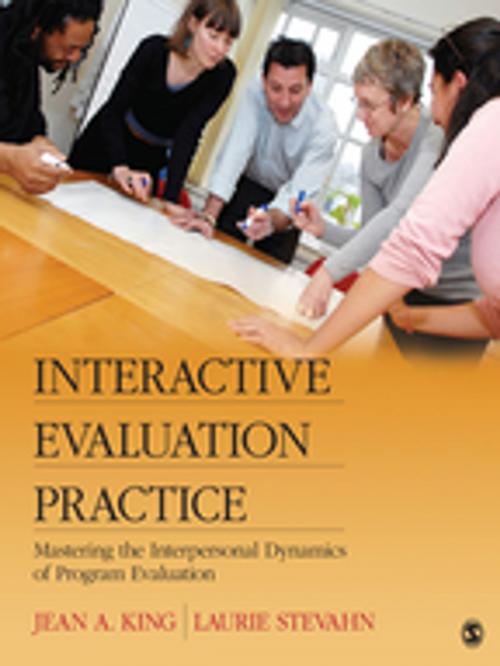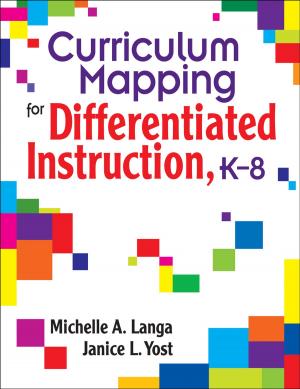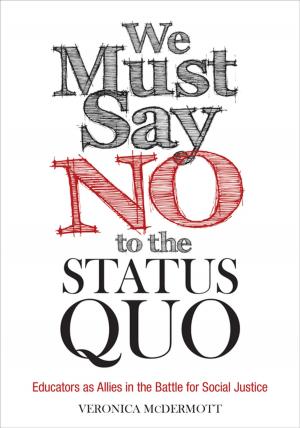Interactive Evaluation Practice
Mastering the Interpersonal Dynamics of Program Evaluation
Nonfiction, Reference & Language, Reference, Research, Social & Cultural Studies, Social Science| Author: | Professor Jean A. King, Dr. Laurie A. Stevahn | ISBN: | 9781483313733 |
| Publisher: | SAGE Publications | Publication: | April 12, 2012 |
| Imprint: | SAGE Publications, Inc | Language: | English |
| Author: | Professor Jean A. King, Dr. Laurie A. Stevahn |
| ISBN: | 9781483313733 |
| Publisher: | SAGE Publications |
| Publication: | April 12, 2012 |
| Imprint: | SAGE Publications, Inc |
| Language: | English |
You've taken your introduction to evaluation course and are about to do your first evaluation project. Where do you begin? Interactive Evaluation Practice: Managing the Interpersonal Dynamics of Program Evaluation helps bridge the gap between the theory of evaluation and its practice, giving students the specific skills they need to use in different evaluation settings. Jean A. King and Laurie Stevahn present readers with three organizing frameworks (derived from social interdependence theory from social psychology, evaluation use research, and the evaluation capacity building literature) for thinking about evaluation practice. These frameworks help readers track the various skills or strategies to use for distinctive evaluation situations. In addition, the authors provide explicit advice about how to solve specific evaluation problems. Numerous examples throughout the text bring interactive practice to life in a variety of settings.
You've taken your introduction to evaluation course and are about to do your first evaluation project. Where do you begin? Interactive Evaluation Practice: Managing the Interpersonal Dynamics of Program Evaluation helps bridge the gap between the theory of evaluation and its practice, giving students the specific skills they need to use in different evaluation settings. Jean A. King and Laurie Stevahn present readers with three organizing frameworks (derived from social interdependence theory from social psychology, evaluation use research, and the evaluation capacity building literature) for thinking about evaluation practice. These frameworks help readers track the various skills or strategies to use for distinctive evaluation situations. In addition, the authors provide explicit advice about how to solve specific evaluation problems. Numerous examples throughout the text bring interactive practice to life in a variety of settings.















